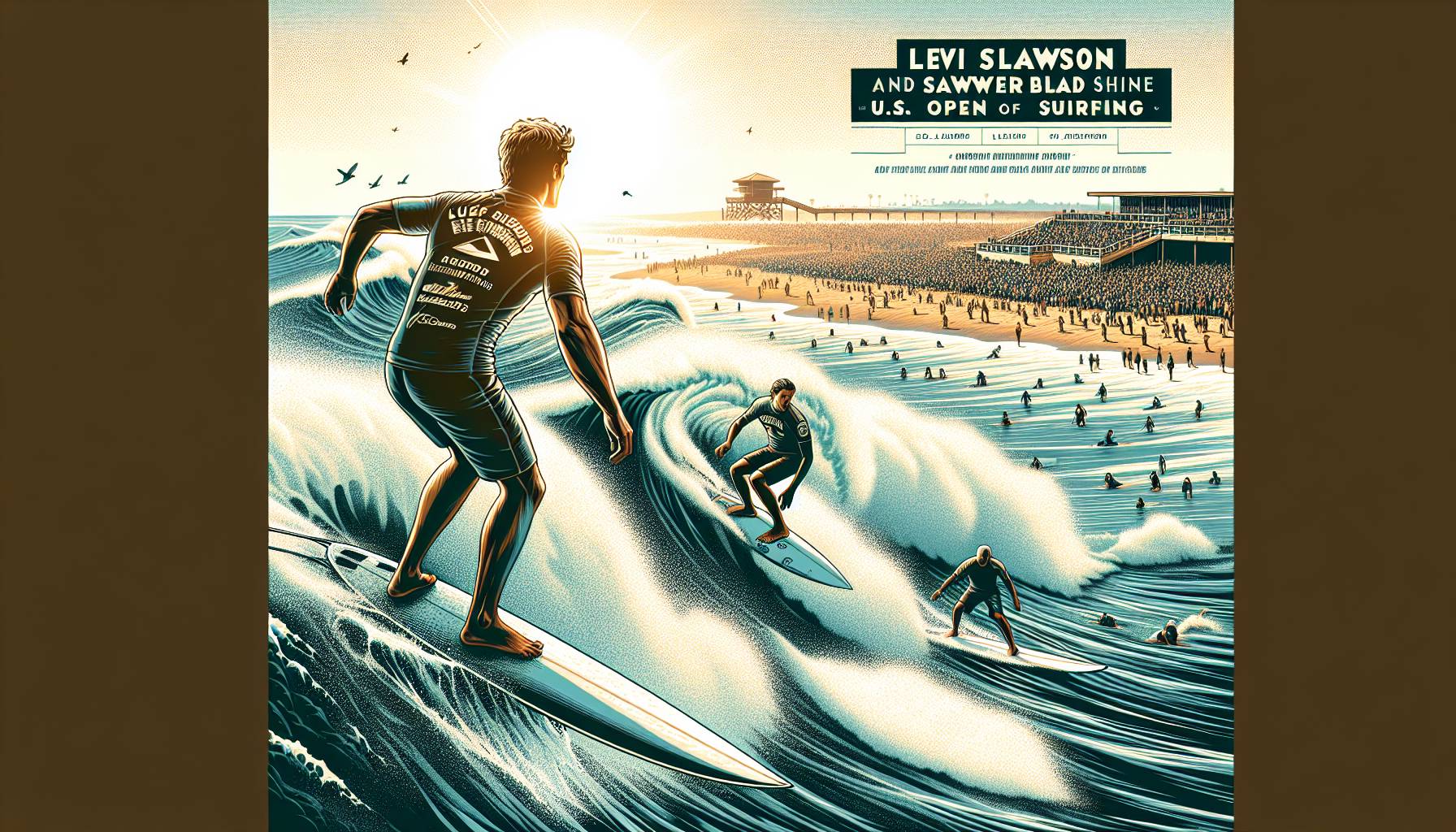Increased rip current risk
Long-period swells generated by Hurricane Kirk are expected to significantly increase the risk of rip currents along the coastline starting Sunday. These powerful currents, which can pull even experienced swimmers away from shore, are a common hazard during periods of heightened wave activity. The National Weather Service (NWS) has issued a warning for beachgoers, particularly surfers and swimmers, to be aware of the elevated danger.
Rip currents are often difficult to spot from the shore, and they can form suddenly, especially when large swells are present. The swells from Hurricane Kirk are forecasted to peak Sunday night into Monday, creating conditions that could lead to stronger and more frequent rip currents. Surfers should be cautious, as these currents can quickly drag boards and riders into deeper waters.
While experienced surfers may be tempted by the larger waves, it’s crucial to remain vigilant and understand the risks. Always check local surf reports and heed any warnings from lifeguards or local authorities before entering the water. If caught in a rip current, the best course of action is to remain calm, avoid swimming directly against the current, and instead swim parallel to the shore until you are free from its pull.
Potential for beach erosion
In addition to the increased rip current risk, the long-period swells generated by Hurricane Kirk are expected to contribute to significant beach erosion along the coastline. Beach erosion occurs when powerful waves and currents remove sand from the shore, reshaping the beach and potentially causing damage to coastal infrastructure. The swells from Kirk, peaking Sunday night into Monday, could accelerate this process, particularly in areas already prone to erosion.
Beach erosion can have long-term impacts on the coastal environment, affecting not only the landscape but also local ecosystems. Dunes, which act as natural barriers against storm surges, may be particularly vulnerable during this period. As the waves crash against the shore, they can strip away layers of sand, weakening these protective structures and increasing the risk of ocean overwash in low-lying areas.
For surfers, beach erosion can also alter the shape of the shoreline and the underwater sandbars that influence wave patterns. This could lead to unpredictable surf conditions, with waves breaking in different locations than usual. While some may see this as an opportunity to explore new breaks, it’s important to remain cautious, as shifting sandbars can create unexpected hazards beneath the surface.
Local authorities and coastal management teams will be closely monitoring the situation, and beachgoers are encouraged to stay informed about any changes to beach access or safety advisories. In some cases, sections of the beach may be closed to the public if erosion becomes severe or if there is a risk of ocean overwash.
Safety precautions for beachgoers
As the swells from Hurricane Kirk approach, beachgoers are urged to take extra precautions to ensure their safety. The combination of increased rip current risks and potential beach erosion means that conditions along the coast could become hazardous, particularly for those unfamiliar with the ocean’s behaviour during storm swells.
First and foremost, it’s essential to stay updated on local weather and surf reports. Lifeguards and local authorities will be issuing warnings and advisories, and it’s crucial to follow their guidance. If a beach is flagged as unsafe or closed, do not attempt to enter the water, even if conditions appear manageable from the shore.
For surfers, while the larger waves may be tempting, it’s important to assess your skill level honestly. Only experienced surfers should consider paddling out during these conditions, and even then, it’s advisable to surf with a buddy and stay within sight of lifeguards. Always check your equipment before heading out, ensuring your leash is secure and your board is in good condition to handle the more powerful waves.
Swimmers and casual beachgoers should avoid venturing too far into the water, especially in areas where rip currents are known to form. If you’re caught in a rip current, remember to stay calm and avoid swimming directly against it. Instead, swim parallel to the shore until you’re out of the current’s pull, then make your way back to the beach.
Parents should keep a close eye on children, ensuring they stay in shallow waters and within designated swimming areas. Even in calmer conditions, the ocean can be unpredictable, and the added risk from Hurricane Kirk’s swells makes it even more important to remain vigilant.
Finally, beachgoers should be mindful of their surroundings. Beach erosion can create unstable areas along the shoreline, and ocean overwash could lead to sudden flooding in low-lying areas. Avoid setting up too close to the water’s edge, and be prepared to move quickly if conditions change. If you notice signs of erosion or unusual wave activity, it’s best to relocate to a safer area further inland.
By staying informed and exercising caution, beachgoers can still enjoy the coastline while minimising the risks posed by Hurricane Kirk’s swells.
Increased rip current risk and safety precautions
Heads up, mates! With Hurricane Kirk sending some gnarly long-period swells our way, the rip current risk is about to crank up a notch starting Sunday. These swells are expected to peak Sunday night into Monday, so if you’re planning to hit the surf, make sure you know what you’re getting into.
Rip currents are no joke—they can drag even the strongest swimmers out to sea faster than a roo on the run. If you get caught in one, don’t panic. Swim parallel to the shore to break free, then head back in. And if you’re not confident in the water, maybe give it a miss this time around. No shame in staying dry when the ocean’s in a mood.
Beachgoers, surfers, and fishos alike should keep an eye on local advisories. Lifeguards will be on high alert, but they can’t be everywhere. So, use your noggin and stay safe out there. And remember, if the flags are up, they’re not just for decoration!
“When in doubt, don’t go out.”
Solid advice, right?
Potential for beach erosion and ocean overwash
Now, let’s talk about what these swells could do to the beaches. With Hurricane Kirk flexing its muscles from afar, we’re looking at a real chance of beach erosion and ocean overwash. Those long-period swells might look like a dream for surfers, but they can pack a punch when they hit the shoreline. Over time, they’ll start eating away at the sand, reshaping the beach and potentially causing some serious erosion.
If you’re a regular down at the coast, you’ve probably seen this before—sand dunes getting chewed up, and the beach looking a bit worse for wear after a big swell. But with Kirk’s swells, we could be in for more than just a bit of sand shifting. Ocean overwash is also on the cards, which means water could push past the usual high tide line, flooding low-lying areas and making a mess of things.
For the fishos and adventurers out there, this could mean some changes to your usual spots. Access points might get washed out, and the landscape could look a bit different after the storm passes. Keep an eye on the tides and be ready for some unexpected changes. And if you’re thinking of camping near the beach, maybe reconsider—nobody wants to wake up with the ocean knocking on their tent door!
“Mother Nature’s got a way of reminding us who’s boss.”
So, while the waves might be calling, just remember that the beach itself could be taking a bit of a beating. Stay safe, and keep your wits about you.

